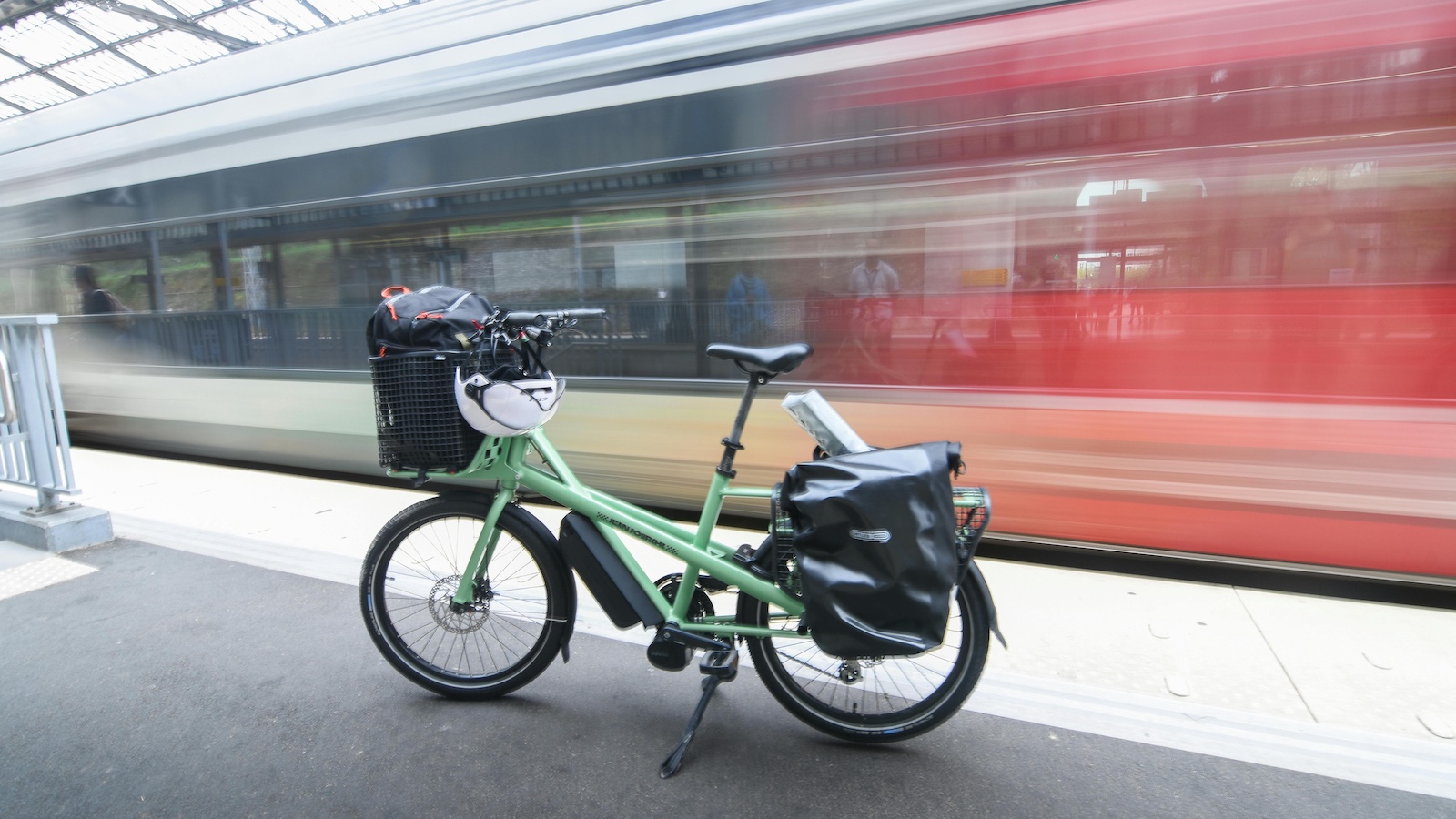It’s impossible to deny the profound impact that the pandemic has had on every person and every business, and the U.S. automotive insurance industry was no exception. Previously mundane errands such as a trip to the grocery store became a battle for survival -- and toilet paper -- and once-gridlocked highways were replaced with barren stretches of asphalt.
On a more serious level, the global health crisis sent shockwaves of financial uncertainty across the nation that was also addressing considerable emergencies on both the civil and environmental fronts. 2020 quickly cemented itself as a year for the record books, and not for good reasons.
However, as tough as COVID-19 has been, there are hidden lessons in connecting and analyzing what would otherwise have been viewed as dissociated events. And when compared with years past, the auto insurance industry can turn these pandemic-led transformations into actionable insights for the industry to evolve and adapt to meet future disruptive events. Our recent Auto Insurance Trends Report focused on analyzing the “new normal” of consumer behavior, which has a direct correlation to critical carrier-related factors such as underwriting, claims and those actively participating in telematics exchanges or usage-based insurance programs.
Here’s what we found:
Empty Roadways Bring Out Lead-Footed Drivers
When looking at the initial timeline of the pandemic, the sweeping stay-at-home mandates and shutdown orders across the country created a drop in miles driven of over 40% from March to April 2020. Even normalized mileage hovered between 83% and 88% of 2019 levels for the second half of the 2020 calendar year.
The empty roadways, particularly at the beginning of the pandemic, enticed many lead foot drivers, who took the opportunity to turn highways into personal drag strips. The first spike in elevated speeding rates occurred around mid-March of 2020 and remained 110% of 2019 data recordings for much of the remainder of the year. With those open roadways, drivers favored their accelerators over their brakes, resulting in a drop in hard braking instances during that same observed period.
See also: How Insurtech Thrived in the Pandemic
Gen-Z Drives DUI Trends
As part of our generational data insights, where we examined driving behavior across multiple age brackets, we discovered a particularly troublesome trend among our nation’s youngest drivers, Gen Z.
Classified as ages 22 and under, Gen Z drivers ranked the highest when observing violation data across DUI infractions, overtaking those in the Traditionalist age group (ages 76-plus) who were the highest offender the year prior. While restaurant and bar closures led to a potential overall reduction in total figures, the months of April and May 2020 indicated an approximate 50% increase of DUIs among Gen Z drivers.
Collisions and Claims Down, Severity on the Rise
When looking at the onset of the pandemic in 2020, much like the reduction in total miles driven, the volume of collisions and subsequent claims experienced considerable drops. With a 19% drop compared with 2019, one of the emerging trends throughout the entire year and particularly heightened in October was the inverse relationship between lowered claims figures and increased bodily injury. Comparing the months year-over-year, 2019 saw 7.1% growth in severity, while, in 2020, that figure rose to 12.7% despite the fewer miles driven.
Naturally, the onset and continuation of a global pandemic will profoundly influence consumer behavior, including driving patterns, creating new challenges for the businesses that are so closely related to such behavior. However, from those challenges, pandemic-led transformations such as enhancing virtual claims capabilities have shown how the industry can adapt and improve.
Adapting to Tackle Future Disruption
While telematics has been around for years, 2020 and the pandemic brought a new sense of urgency to better understanding driving behavior. For insurance carriers, leveraging telematics and deploying usage-based insurance programs provides an incredible solution to accommodate changing driving behaviors. By way of stronger analytics and timely data reporting capabilities, telematics programs assist in taking the guesswork out of how to accurately calculate the risk propensity of an individual.
As drivers continue to show interest in pay-per-mile programs as part of fluctuating driving patterns, telematics and usage-based insurance (UBI) programs give consenting consumers the opportunity to be priced more accurately than a traditional risk pool would dictate. This can increase customer satisfaction and allow an insurance carrier to be a competitive differentiator with a way to stay ahead of the curve of future disruptive events.
The same can be said for almost all data or analysis during this strange but insight-full period of history. Understanding the motivations and connections between such events and human behavior will highlight both vulnerabilities and opportunities to grow. The pandemic will continue to affect virtually every market imaginable, not just now but for months and potentially years to come. The important aspect to consider is how to best adapt and evolve for the road ahead.










